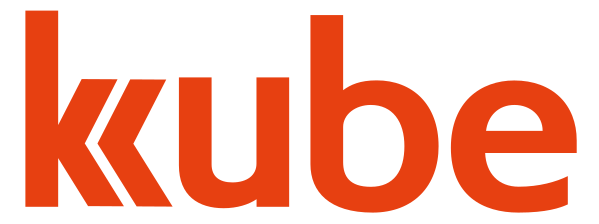Perhaps if Windows wasn’t such a PITA there would be more progress 😉
- The Conversation view received some vim-style keyboard bindings (because who uses a mouse anyways).
- The INBOX is now automatically selected when Kube is started, so we show something useful immediately.
- Progress on Kube for Windows. Everything builds, but there are still a couple of remaining issues to sort out.
- Ported from QGpgME to plain old GpgME. This was a necessary measure to build Kube on Windows, but also generally reduced complexity while removing the dependency on two large libraries that do nothing but wrapping the C interface.
- Ported away from readline to cpp-linenoise, which is a much simpler and much more portable replacement for readline.
- Rémi implemented the first steps for range queries, which will allow us to retrieve only the events that we require for to e.g. render a week in the calendar.
- The storage layer got another round of fixes, fixing a race condition that could happen when initially creating the database for the first time (Blogpost on how to use LMDB).
- The IMAP resource no longer repeatedly tries to upload messages that don’t conform to the protocol (Not that we should ever end up in that situation, but bugs…).
- The CalDAV/CardDAV backends are now fully functional and support change-replay to the server (Rémi).
- The CalDAV backend gained support for tasks.
- Icons are now shipped and loaded from a resource file after running into too many problems otherwise on Windows.
- A ton of other fixes for windows compatiblity.
- A bunch of mail rendering fixes (also related to autocrypt among others).
- Work on date range queries for efficient retrieval of events has been started.
More information on the Kolab Now blog!
“Kube is a modern communication and collaboration client built with QtQuick on top of a high performance, low resource usage core. It provides online and offline access to all your mail, contacts, calendars, notes, todo’s and more. With a strong focus on usability, the team works with designers and UX experts from the ground up, to build a product that is not only visually appealing but also a joy to use.”
For more info, head over to: kube.kde.org

Kube on Android would be fresh.
We won’t blame you if you drop Windows support, some of us never understood (and never will understand) why it ever got there 😉
If nothing else I find cross platform efforts generally always beneficial for the quality of the overall product. At the very least it makes you consider what dependencies you use and why you use it, because you can be absolutely certain that every last one of them will be a pain to get to work on windows 😉 However painful, I think it’s a healthy exercise that helps the product in the long run, and one that I rather try sooner than later.
I agree though that the return on investment does start to look questionable after some time working on this now…
I was wondering the same thing!
Excellent stuff..
Will you be working with UX experts further down in production and be conducting testing? I know Giles is working on elastic UX so here’s hoping we’ll see his expertise on Kube as well. It is evident from playing Kube that solid groundwork has been done.
Also a massive kudos for supporting open protocols (imap/caldav/carddav).
Are there any updates on the Kolab server and when guam might be running in production again?
With mobile devices, these folders are still visible if you use imap and there isn’t a Kube for iOS yet.
It’s cool that Kube is able to hide Kolab folders (probably until guam can do this) but most other clients can’t.
So my fingers are crossed that Kolab will find either get guam working on Kolab Now asap, or somehow get rid of groupware folders entirely.
Keep up the good Wien